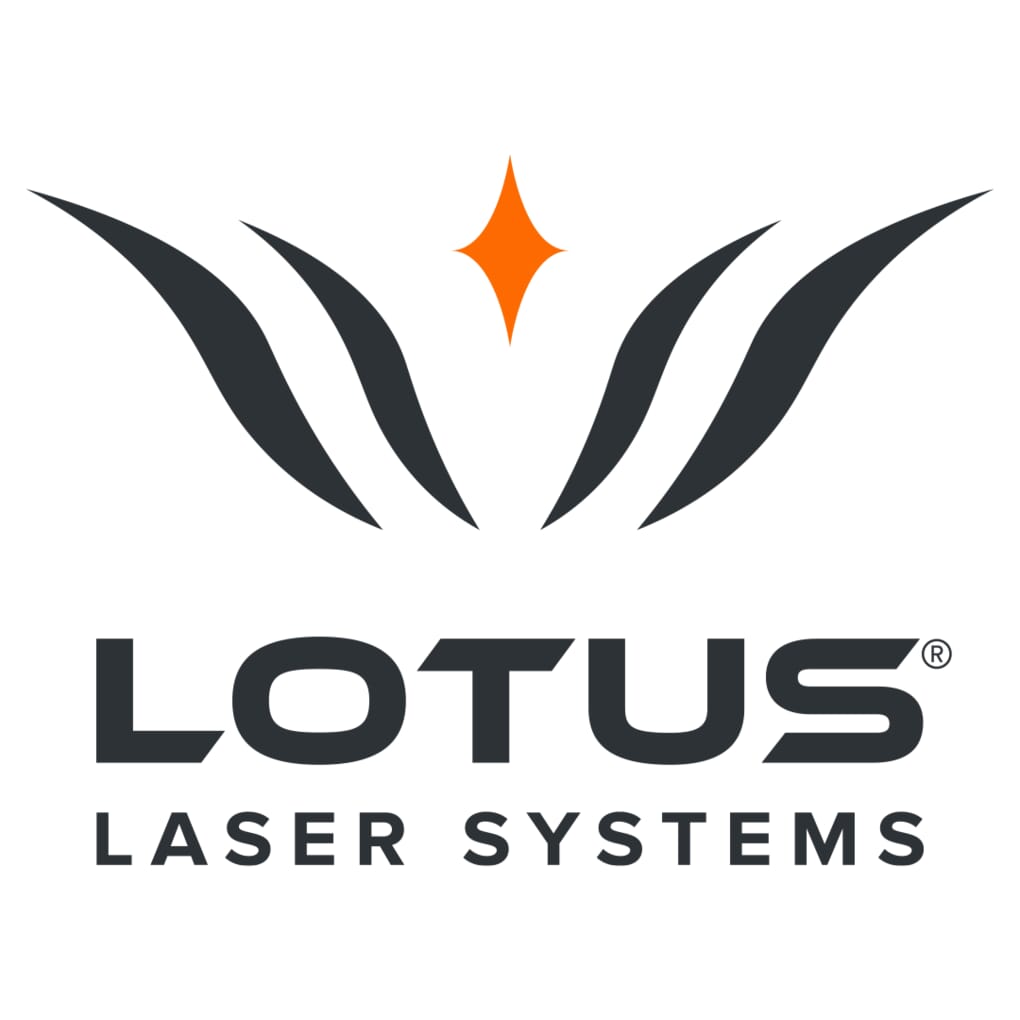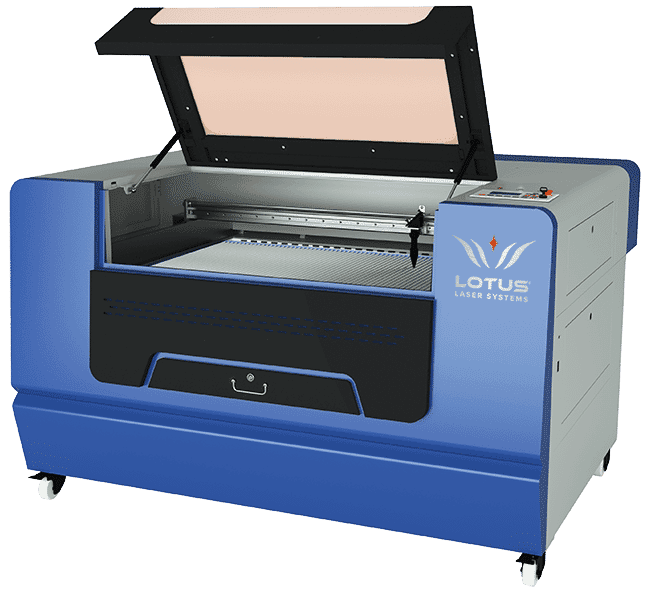* le numéro de modèle indique la taille
Marquage, gravure et découpe au laser du plastique
Les machines de gravure laser en plastique sont extrêmement rapides, durables, précises et fiables.
Organisez une démo en ligneLes plastiques ont révolutionné la fabrication, gagnant rapidement en popularité pour être plus légers, moins chers, plus polyvalents et plus faciles à travailler. Aujourd’hui, les plastiques se retrouvent dans pratiquement toutes les industries, de l’alimentation et de la santé à l’automobile et aux infrastructures.
Aujourd’hui, la technologie de marquage laser est devenue critique dans la fabrication de pièces en plastique et est largement utilisée dans le monde entier.
Gravure au laser en plastique
Les machines de gravure laser sont particulièrement flexibles pour de nombreux types de plastiques, étant capables de marquer les données sérialisées, les identifiants à la volée, le marquage et bien sûr la découpe des pièces à, enfin … la précision laser. En raison de la flexibilité et de la fiabilité de la technologie, de plus en plus d’entreprises ont commencé à proposer des services de marquage laser sur plastique.
Plastique de découpe laser
Des lasers de plus haute intensité peuvent être utilisés pour couper le plastique, ils se trouvent généralement sous la forme de systèmes CO2 et peuvent être utilisés pour couper une grande variété de types, de l’ABS au polyamide, en passant par le polycarbonate, le PET, le PVC et le reste.
Comment ça fonctionne
Le laser est utilisé pour augmenter la température d’une couche incroyablement mince de plastique, l’amenant à fondre et à former une surface modifiée lors de la solidification. L’évaporation localisée du tissu provoque une carbonisation et un changement de couleur de la surface de la pièce.
Différents types et intensités de laser peuvent être utilisés pour obtenir différents effets. Pour le marquage laser de base du plastique, le laser incite les polymères à l’intérieur du plastique à créer une structure en mousse à parois, qui se distingue du tissu par sa surface surélevée et sa couleur plus claire. Si un changement de couleur ou des résultats alternatifs sont nécessaires, un laser à haute fréquence peut créer un changement moléculaire dans le polymère, conduisant à des résultats différents.
Utilisations du graveur laser en plastique
Nos systèmes sont utilisés sur tout, depuis les boîtiers d’électronique, les outils et les pièces d’engrenages, divers types d’emballages, les pièces automobiles, les composants électroniques, les circuits imprimés, les étiquettes d’identification et de marchandise, les boutons, les claviers et les capteurs.
Adéquation du type de plastique
Avec la variété des produits, la gamme d’applications disponibles pour les lasers sur les articles en plastique est pratiquement infinie et englobe ses nombreuses formes. Faire des marques élastiques sur le polyéthylène téréphtalate (PETE ou PET), le polyéthylène haute densité (HDPE), le polychlorure de vinyle (PVC), le polyéthylène basse densité (LDPE), le polypropylène (PP), le polystyrène ou le polystyrène (PS), le polycarbonate, le polylactide, acrylique, acrylonitrile butadiène, styrène et nylon.
Vidéos et exemples
-

Meta C 60w Fiber laser engraving green powder coated bottle
-

Meta C 60w Mopa Fiber laser engraving automotive part
-

Meta C 75w CO2 laser engraving powder coated bottles
-

Meta C 75w CO2 laser engraving a ceramic mug
-

Meta C 60w MOPA fiber laser engraving tools on 1 2m conveyor feed
-

uMeta laser engraving the inside of rings
-

uMeta laser marking a high quality photo to a keychain
-

Meta C MOPA fiber laser marking plastics
-

uMeta laser engraving steel and aluminium with some depth












